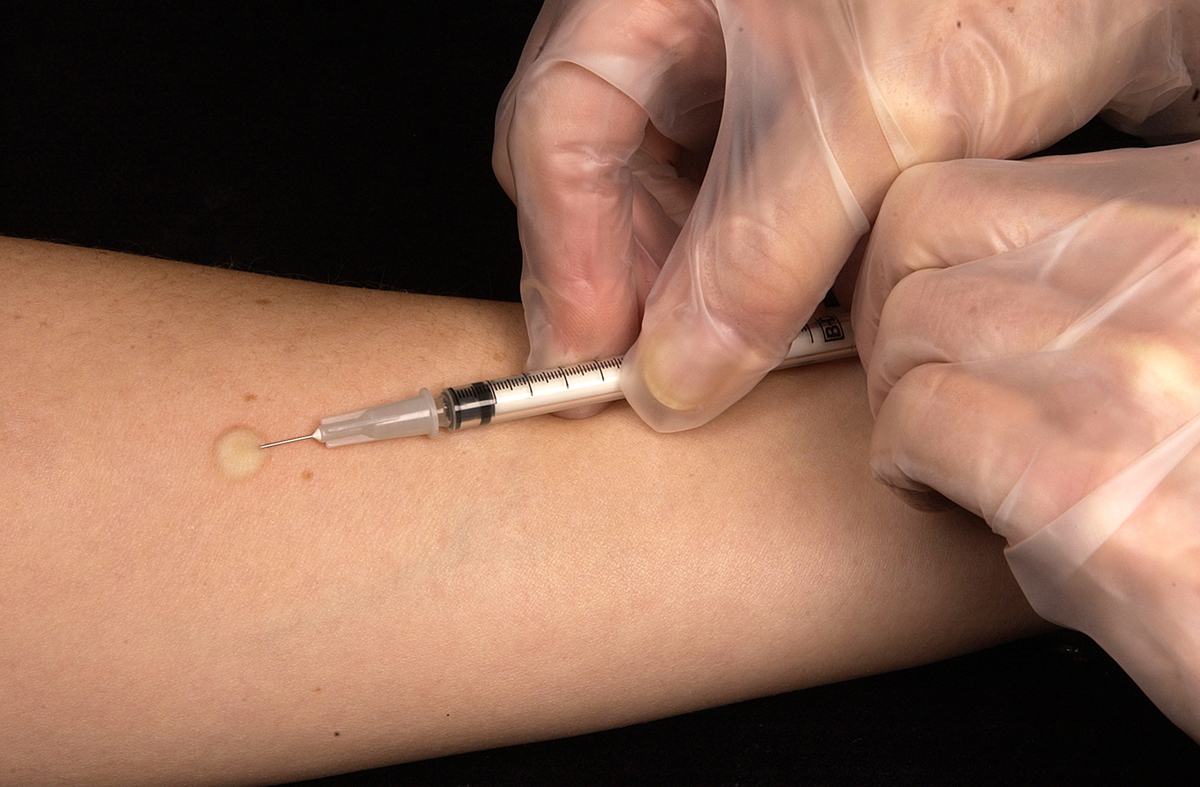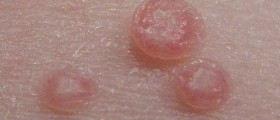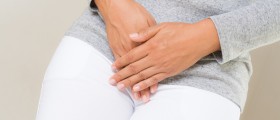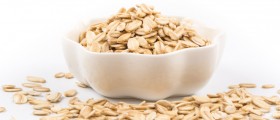
Jock itch is a very common fungal infection that can affect both sexes, despite the fact that it's most often talked about as happening in men. The infection often spreads over the groin area and the upper thighs. Men, especially athletes, are at an increased risk of developing a fungal infection of the groin area, as they sweat more than women. However, women can also absolutely get a jock itch.
The infection is medically known as tinea cruris, and it can be caused by several types of mold-like fungi, known under the name dermatophytes. These fungi normally live on dead tissues of the skin, hair, and nails and thrive in warm, moist areas like the delicate skin folds on the insides of the thighs. The disease usually occurs when the groin area gets sweaty a lot, and it isn’t dried properly. This condition is perfect for proliferation of fungi, and it usually results in fungal infection.
Sources of a jock itch infection
A jock itch is usually caused by the same type of fungus that causes other fungal infections like athlete’s foot. In some cases, the infection may spread from infected feet to the groin area as you use a towel to dry yourself after you have participated in sports. The infection is contagious and it can spread from one person to another if they use same contaminated towels, share clothing, share various utensils for personal hygiene, and through direct contact through sexual intercourse. This is why it is associated with sports teams.
Signs and symptoms of jock itch in women
Jock itch infection usually starts as a mild inflammation of the skin. The condition may become gradually worse, but jock itch is usually less severe than other fungal infections. The rash usually affects both sides of the groin, especially the skin folds. The rash is characterized by circular red raised patches on the skin, with elevated edges. The patient usually complains about itching, chafing and burning sensation in the region of the groin. The unpleasant feeling may spread even on the thighs or the anal or buttocks area. The skin will be very red, tan or brown and will also look inflamed. Flaking, peeling or cracking of the skin is also very common with jock itch. The rash usually spreads down the inner thigh, becoming progressively more red and more raised in the areas that have been infected longer.
Diagnosis and treatment of jock itch in women
Jock itch in women is usually diagnosed based on the symptoms as reported by the patient and the skin's appearance. In some cases a doctor may want to use a small skin biopsy and examine the tissue under the microscope to make sure the diagnosis is right. Treatment normally involves antifungal medications that are in many cases even available over the counter, such as allylamines and azoles. In more advanced cases or complicated cases, doctors will recommend prescription medication, usually topical medications or oral medications. Thoroughly cleaning the area with a hand-held shower head and soap is another successful way to make the infection disappear faster.
To prevent jock itch, you can make sure to completely dry your skin after a shower, with a clean towel. Do not share towels with the rest of your sports team. Wear cotton clothing that does not fit too tightly after you are finished with your sports, and wash your workout gear immediately.

















Your thoughts on this
Loading...